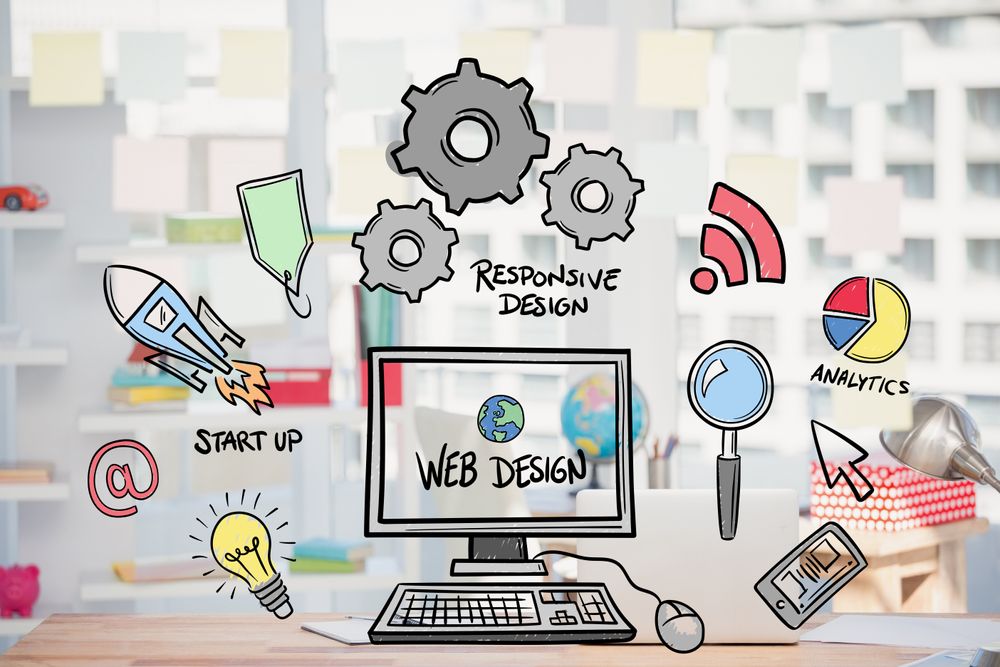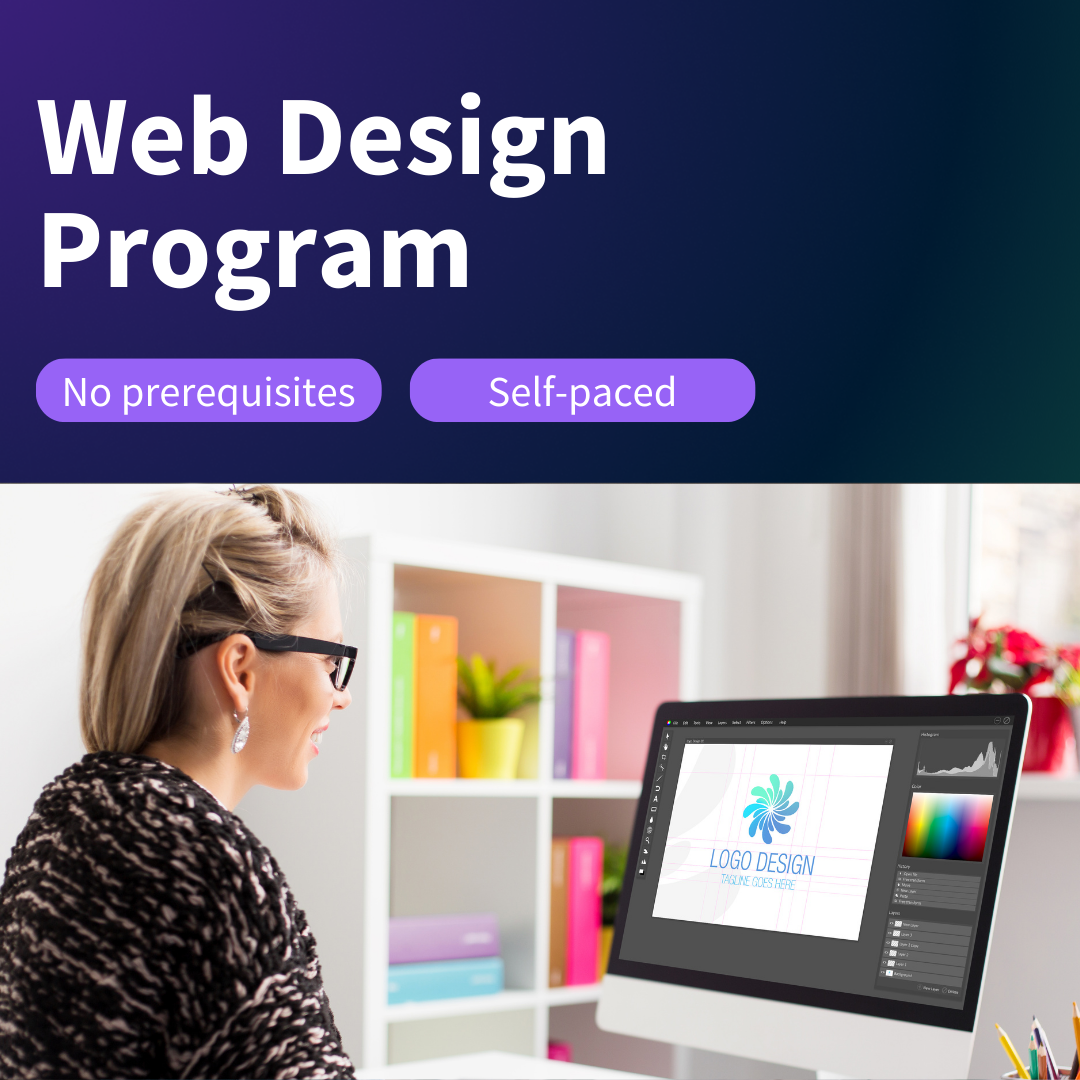7 Qualities Every Seo Company Klerksdorp Should Have in 2025
The Influence of Customer Experience on Successful Internet Design Strategies
Individual experience (UX) is an essential consider the efficiency of internet Design methods. It incorporates usability and availability, affecting exactly how customers interact with a website. A well-crafted UX can lead to boosted engagement and retention. However, several developers overlook necessary elements that add to a favorable experience. Comprehending these aspects is very important for success. What specific strategies can boost UX and ultimately drive far better outcomes?
Recognizing Customer Experience: Meaning and Significance
Customer experience (UX) functions as an important element in the domain name of website design, fundamentally forming how customers connect with electronic systems. It encompasses the overall experience a customer has while steering an internet site, consisting of factors such as access, complete satisfaction, and use. A well-designed UX not only enhances customer engagement but likewise affects user retention and conversion prices. Recognizing UX is crucial for developers, as it assists identify individual needs and choices, permitting the production of instinctive interfaces. Concentrating on UX promotes a favorable psychological feedback from users, which is essential for building brand loyalty. Ultimately, a solid emphasis on individual experience can result in an effective digital existence, making certain that websites successfully meet individuals' assumptions and objectives.
Crucial Element of Reliable Internet Design
Reliable website design pivots on a number of crucial aspects that boost individual experience. Instinctive navigating, a distinct aesthetic hierarchy, and responsive layout flexibility are crucial for assisting individuals and ensuring accessibility throughout devices. Comprehending these components can significantly influence the general efficiency of a website.
User-friendly Navigating Design
How can user-friendly navigation Design change a visitor's experience on a web site? Intuitive navigation simplifies the individual's trip, allowing site visitors to locate information swiftly and effectively. This sort of Design utilizes clear labels, logical framework, and acquainted layouts to lessen complication. By focusing on vital web content and arranging it hierarchically, users can easily locate desired pages without unneeded clicks. In addition, receptive navigating components, such as dropdown menus and breadcrumb tracks, improve functionality throughout tools. Efficient intuitive navigation not only improves user fulfillment but likewise minimizes bounce prices, urging longer website involvement. Eventually, a smooth navigation experience promotes a sense of count on and confidence, making site visitors extra most likely to return and discover better, therefore boosting the total success of the site.
Aesthetic Pecking Order Importance

A well-structured aesthetic hierarchy plays an essential role in guiding customers via a website's web content, matching the user-friendly navigating Design that boosts general individual experience. By prioritizing components such as size, comparison, placement, and color, designers can effectively accentuate crucial details and contacts us to activity. This company enables customers to swiftly identify vital sections, assisting in much easier comprehension and navigating. Additionally, a regular visual power structure assists establish a natural brand identification, reinforcing trust and involvement. When users can easily process info, they are extra most likely to engage favorably with the site, eventually leading to higher conversion rates - Web Design Johannesburg. As an outcome, implementing a clear visual pecking order is a basic element of reliable website design methods, considerably affecting user satisfaction and retention
Receptive Format Adaptability
What makes a site truly adaptable throughout numerous devices? Receptive layout versatility is essential for ensuring optimal customer experience. This Design approach employs fluid grids, versatile pictures, and CSS media inquiries to change the format based upon the device's screen size and resolution. Effective responsive Design not just enhances visual appeal but also improves performance by permitting customers to browse flawlessly, no matter of the system made use of. Trick aspects include prioritizing content power structure, guaranteeing touch-friendly interfaces, and maintaining fast filling times. By concentrating on these aspects, designers can create websites that provide to varied individual requirements, eventually causing higher user complete satisfaction and engagement. In today's electronic landscape, flexibility is no much longer optional; it is necessary for effective web Design.
The Role of Navigating in Individual Experience
Efficient navigating is necessary for improving user experience on web sites. It acts as a roadmap, leading individuals easily through numerous sections and material. A well-structured navigation system lessens confusion and stress, enabling site visitors to find details swiftly. Trick elements of reliable navigation consist of quality, consistency, and simpleness. Clear labels aid users recognize where links will certainly find more take them, while consistent placement strengthens knowledge across pages. In addition, a simplified menu can minimize cognitive overload, making it easier for users to choose. Making use of dropdowns and breadcrumbs further enhances usability by giving context and extra pathways. Eventually, solid navigating cultivates individual satisfaction, motivates longer sees, and raises the likelihood of conversions, solidifying its crucial function in effective website design approaches.
Receptive Design: Fulfilling Customer Requirements Throughout Instruments
Responsive Design is increasingly vital in fitting the varied series of devices utilized to access the web today. This technique guarantees that websites offer a premium watching experience, no matter display dimension or orientation. By using liquid grids, adaptable pictures, and media inquiries, responsive Design permits for smooth adaptation across desktop computers, smart devices, and tablet computers. This versatility not only boosts use however also deals with differing user choices and contexts. With even more customers counting on smart phones for online communications, the requirement for responsive Design has become crucial in maintaining individual fulfillment and engagement. Companies that prioritize responsive Design can better meet customer expectations, which eventually contributes to greater retention prices and enhanced total performance in the digital landscape.
Enhancing Customer Involvement Via Visual Design
Visual Design plays an essential role in enhancing user engagement by leveraging components such as color psychology, typography, and interactive attributes. The critical use shades can evoke emotional actions, while appropriate typography improves readability and visual appeal - Website Design Klerksdorp. Additionally, integrating interactive components fosters user involvement, producing an extra immersive experience
Shade Psychology Effects
Color psychology plays a necessary function fit customer engagement within website design, as different shades can evoke distinct emotions and influence behavior. As an example, blue commonly shares trust fund and reliability, making it a popular selection for company websites. On the other hand, red can cause necessity and exhilaration, frequently seen in call-to-action buttons. Green generally represents tranquility and health, appealing to users in wellness and environmental fields. By purposefully picking colors, designers can create an aesthetic hierarchy that guides customer activities and enhances the general experience. Additionally, regular shade plans add to brand name recognition and commitment. Inevitably, comprehending the psychological effects of shade allows internet designers to craft engaging user interfaces that resonate with customers, causing better communications and conversions.
Typography's Role in Involvement
Efficient website design counts not only on color choices yet likewise on typography, which significantly influences individual engagement. The selection of typefaces, sizes, and spacing can either detract or improve from a customer's experience. Clear and readable typography more helpful hints permits users to conveniently digest material, motivating them to spend even more time on a website. In addition, a consistent typographic power structure guides the user's eye, highlighting important info and facilitating navigation. One-of-a-kind typeface choices can likewise mirror a brand's identity, developing a stronger emotional connection with the target market. Ultimately, efficient typography not just boosts readability but also promotes a visually enticing atmosphere, boosting total interaction and motivating users to return for future communications.
Interactive Elements Relevance
While customers navigate a web site, the visibility of interactive elements substantially improves their interaction and total experience. These elements, such as buttons, sliders, and quizzes, welcome individuals to take part proactively instead than passively eating web content. By fostering communication, designers can produce a much more tailored experience, allowing users to attach and discover with the product in purposeful means. In addition, interactive attributes can capture interest and keep users on the site longer, decreasing bounce rates. They likewise supply instant comments, strengthening individual actions and motivating additional exploration. Incorporating interactive aspects into internet Design methods not just elevates visual allure yet also substantially contributes to customer fulfillment and retention, eventually leading to greater conversion rates.
Measuring Customer Experience: Devices and Strategies
Determining individual experience is essential for recognizing exactly how successfully an internet site fulfills the needs of its users. Different tools and methods are offered for this function, consisting of user testing, surveys, and analytics. Individual testing commonly involves observing actual individuals as they communicate with a site, providing understandings right into functionality issues. Surveys can collect direct responses on individual satisfaction and viewed value. Analytics tools track customer behavior, highlighting areas where individuals may struggle or shed passion. Furthermore, heatmaps imagine user communications, disclosing which elements stand out. By using a mix of these techniques, internet developers can get a detailed understanding of user experience, bring about informed Design choices that enhance overall website performance.

Often Asked Concerns
Exactly How Does Customer Experience Impact Conversion Rates on Internet Sites?
Customer experience considerably affects conversion rates on web sites. A seamless user interface, user-friendly navigation, and engaging material can boost individual complete satisfaction, resulting in increased trust and greater probability of completing wanted actions, therefore enhancing total conversions.
What Prevail User Experience Blunders in Internet Design?
Typical individual experience mistakes in web Design include chaotic layouts, slow-moving packing times, inadequate navigating, not enough mobile optimization, absence of clear calls-to-action, and disregarding access guidelines, all of which can significantly prevent individual involvement and complete satisfaction.
Exactly How Usually Should Website Design Be Updated for Optimal User Experience?
Web Design ought to be updated on a regular basis, preferably every 1-2 years, to adjust to progressing customer choices and technical advancements. Constant evaluations improve use, making sure that the web site continues to be interesting and appropriate for its target market.

Can Customer Experience Influence Search Engine Optimization Rankings?
User experience significantly influences SEO rankings. Seo Company Klerksdorp. Online search engine focus on internet sites that supply seamless website link navigating, quick filling times, and appealing content, thus rewarding sites that enhance user complete satisfaction with greater exposure in search results page
What Are Some Instances of Exceptional User Experience in Internet Design?
Instances of exceptional individual experience in website design include intuitive navigating, receptive layouts, fast loading times, clear calls to action, and engaging visuals. These elements add to individual fulfillment and motivate long term communication with the website.
Individual experience (UX) serves as an important element in the domain of internet Design, essentially shaping just how customers interact with electronic platforms. A well-structured visual hierarchy plays a pivotal duty in assisting users via a web site's content, enhancing the user-friendly navigating Design that improves overall customer experience. With more customers depending on mobile gadgets for online communications, the requirement for receptive Design has come to be important in maintaining individual contentment and involvement. Measuring user experience is crucial for comprehending just how successfully an internet site satisfies the demands of its users. Individual screening typically includes observing actual users as they communicate with a website, providing insights right into use concerns.